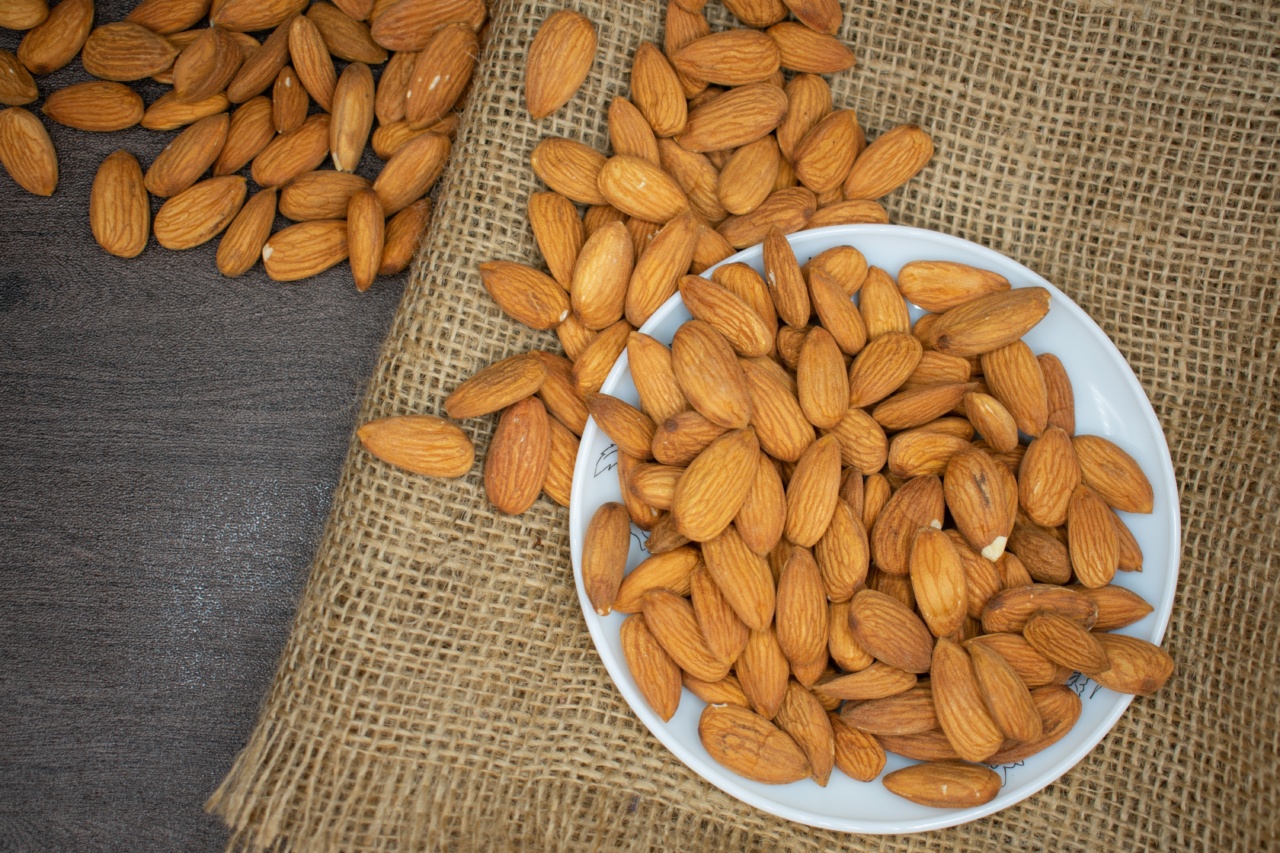When it comes to protein sources, most people instantly think of meat, eggs, or dairy products. However, there is one group of food that often gets overlooked despite its incredible protein content – legumes.
Legumes are a versatile and nutritious source of plant-based protein that can easily be incorporated into any diet. In this article, we will explore the many benefits of legumes and showcase why they deserve more recognition as a protein powerhouse.
The nutritional profile of legumes
Legumes, including beans, lentils, chickpeas, and peas, are not only packed with protein, but also offer a range of other essential vitamins, minerals, and dietary fibers.
They are rich in complex carbohydrates, providing long-lasting energy and helping to keep you feeling full for longer periods. Legumes are low in saturated fats and contain no cholesterol, making them a heart-healthy food choice.
High protein content
While legumes are often associated with carbohydrates, they are an excellent source of protein, especially for those following a vegetarian or vegan diet.
With approximately 20–25% protein content, legumes offer an impressive amount of this essential macronutrient. Unlike animal-based protein sources, legumes do not contain saturated fats and offer a more sustainable and environmentally friendly alternative.
Various types of legumes
The legume family consists of numerous types, each offering its unique taste and texture. Let’s take a closer look at some of the most popular legumes:.
1. Beans
Beans come in various shapes, sizes, and colors, including kidney beans, black beans, pinto beans, and navy beans. They are incredibly versatile and often used in soups, stews, salads, and dips.
Beans are an excellent source of folate, iron, potassium, and dietary fiber, making them beneficial for heart health and digestion.
2. Lentils
Lentils are small and lens-shaped legumes that are available in a range of colors, such as green, red, brown, and black. They cook quickly and are commonly used in soups, curries, and side dishes.
Lentils are rich in iron, folate, and manganese, providing important nutrients for energy production and immune function.
3. Chickpeas
Chickpeas, also known as garbanzo beans, are a popular legume used in various cuisines. They can be enjoyed in salads, hummus, curries, or roasted as a crunchy snack. Chickpeas are an excellent source of fiber, folate, phosphorus, and iron.
They also contain antioxidants that have been associated with reducing inflammation and improving digestion.
4. Peas
Peas, whether green or yellow, are small spherical legumes that are high in protein and fiber. They are often found in soups, stir-fries, or served as a side dish.
Peas are rich in vitamins A, C, and K, as well as minerals like iron and potassium, contributing to bone health and immune function.
The health benefits of legumes
Legumes offer several health benefits due to their impressive nutrient profile:.
1. Weight management
Due to their high fiber and protein content, legumes can aid in weight management. The combination of these nutrients helps promote a feeling of fullness, reducing overall calorie intake.
2. Heart health
Legumes are rich in soluble fibers which can help lower cholesterol levels and improve heart health. The absence of saturated fats and cholesterol in legumes also makes them a heart-healthy choice.
3. Blood sugar regulation
Legumes have a low glycemic index, meaning they cause a slower and steadier rise in blood sugar levels compared to high glycemic index foods. This makes legumes an excellent choice for those with or at risk of diabetes.
4. Digestive health
The dietary fiber present in legumes can help maintain a healthy digestive system by promoting regular bowel movements and preventing constipation.
5. Sustainable food source
With the increasing concern for sustainability, legumes are gaining recognition as an eco-friendly protein source.
Legumes require less water, produce fewer greenhouse gas emissions, and help promote soil health and biodiversity compared to animal-based protein sources.
Incorporating legumes into your diet
Adding legumes to your meals can be both simple and delicious. Here are some creative ideas to incorporate legumes into your diet:.
1. Soups and stews
Legumes, such as beans, lentils, or split peas, can be added to hearty soups and stews, increasing their nutritional value and providing a rich texture.
2. Salads
Chickpeas, kidney beans, or black beans are excellent additions to salads, giving them a protein boost and adding a satisfying crunch.
3. Dips and spreads
Creating homemade hummus or bean-based dips not only allows you to control the ingredients but also introduces an additional protein-rich option to enjoy with vegetables or pita bread.
4. Veggie burgers
Combining legumes, such as black beans, with vegetables and spices can result in a tasty, plant-based burger patty that is packed with protein and fiber.
5. Roasted snacks
Tossing chickpeas or edamame with olive oil and spices before roasting them in the oven creates a delightful and protein-packed snack ideal for any time of the day.
The versatility of the ignored legume
One of the greatest strengths of legumes lies in their versatility. They can easily be integrated into countless recipes, whether you’re preparing a hearty chili, a refreshing salad, or a savory curry.
Legumes can be cooked, mashed, pureed, or ground into flour, providing endless options for incorporating them into a diverse range of dishes.
Conclusion
Despite being an incredible source of protein, legumes often go unnoticed in favor of more animal-based options. However, their nutritional benefits, sustainability, and versatility make them a worthy addition to any diet.
From beans and lentils to chickpeas and peas, legumes offer a variety of flavors and textures to explore. So, why not give them the recognition they deserve and start incorporating these protein powerhouses into your meals?.






























